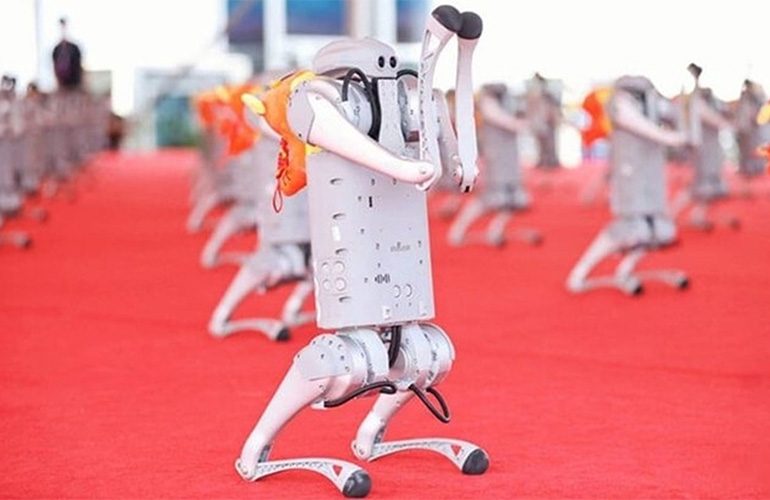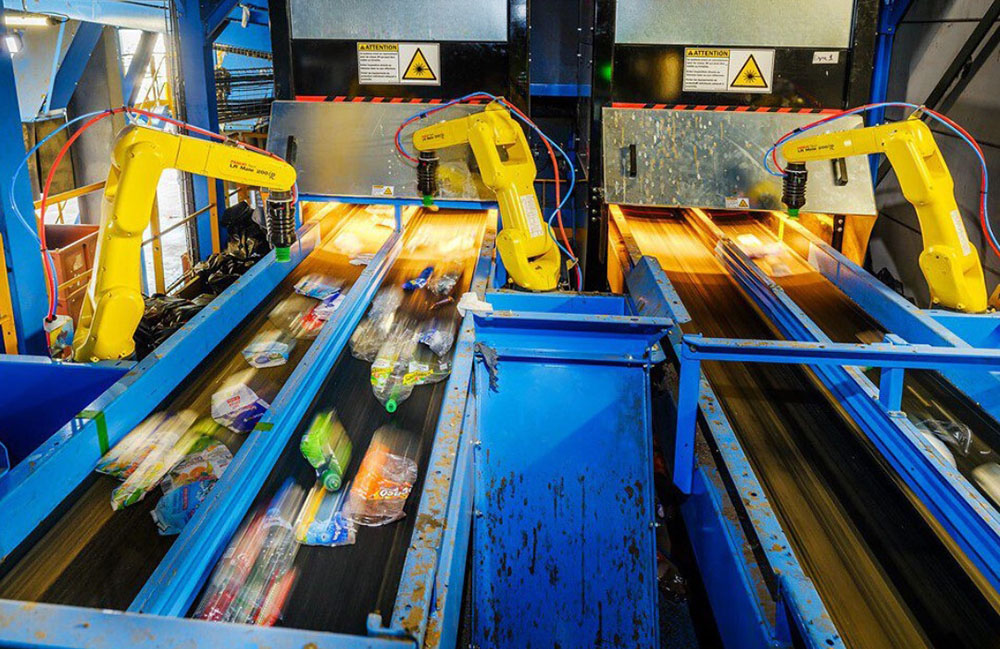At its recent Third Plenum, China mapped out the direction of its economic policies. Beijing wants to adapt to the latest round of industrial transformation by using robots as an engine for growth. The country is by far the largest robot market in the world.
“China’s rapid development in industrial robot automation is extraordinary,” stated Marina Bill, president of the International Federation of Robotics (IFR).
“The operational stock surpassed the 1.5 million-unit mark two years ago, making China the first and only country with such a large industrial robot stock. The installation of 290,258 units in 2022 alone represents 52% of the global market.”
Demand increases across industries
To serve this demand, domestic and international robot suppliers have established production plants in China and continuously increased capacity, noted the IFR.
Massive investment in the country‘s automotive industry has boosted demand since 2010. China has become both the world’s largest car market and the world’s largest production base for cars – including electric cars – with strong growth potential.
China is also a major producer of electronic devices, batteries, semiconductors, and microchips. Since 2016, the electrical and electronics industry has replaced the automotive industry as the main customer and growth driver of industrial robots in China.
Various other industries have also started to expand their capacity using advanced automation technology.
China sees robots as a new engine for growth
Today, China’s home market still is the biggest single market for Chinese robot manufacturers.
“So far, the number of exported robots from China is very limited,” said Xiaogang Song, executive director and secretary-general of the China Robot Industry Alliance (CRIA). “Chinese robots going abroad started only a few years ago. According to our statistics, the total number of exported robots is less than 5%.”
“Like any business looking for a new market, Chinese robot companies go where there is demand for their products,” he said.
Usually, Chinese robot companies set up their branches by cooperating with local partners and hiring local staff. It will take time to build brand credibility by raising technology levels and providing better services to meet the needs of foreign markets.
In some areas, such as vision systems or AI applications, Chinese companies have advantages based on meeting the needs of accelerating automation in China’s manufacturing sectors. Lower production cost or low cost is also one of the main advantages of Chinese robots, said the IFR.
Government strategy prioritizes humanoids
China’s Central Committee convened the third plenary session of the 20th National Congress of the Communist Party from July 15 to 18. It was a platform for the party’s leadership to announce key economic policies related to China’s long-term social and economic progress.
In recent years, China has made it clear it sees humanoids as an area of great potential. In November 2023, Beijing’s Ministry of Industry and Information Technology (MIIT) published national goals for the development of humanoid robots.
The MIIT predicted that humanoids would become a disruptive technology in the coming years, and said that China aims to be ready to mass-produce such robots by 2025. The document also laid out a roadmap for establishing an innovation system to make breakthroughs in key technologies.
In July, five Shanghai-based industry organizations drafted a set of guidelines for humanoid robot development in China. The group said humanoids should “safeguard human dignity” and “not threaten human security.”
At the World Robot Conference last week, nearly 30 companies showed humanoid models, according to Reuters.
“Numerous factors could potentially hinder China’s ambitions, but having a transparent plan and successfully executing it helps mitigate the risks of failure,” wrote Aaron Prather, director of the Robotics & Autonomous Systems Program at ASTM International.
“Ultimately, it’s this strategic planning that will determine China’s future position in the robotics industry,” he commented. “While China has a clear roadmap, other countries must develop their own plans or risk being surpassed by China, which is aggressively driving progress forward.”

 3 months ago
57
3 months ago
57










 English (US) ·
English (US) ·